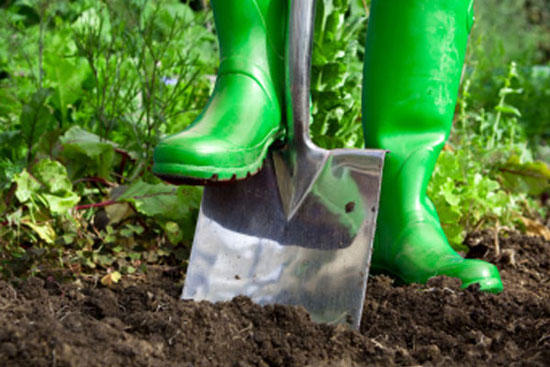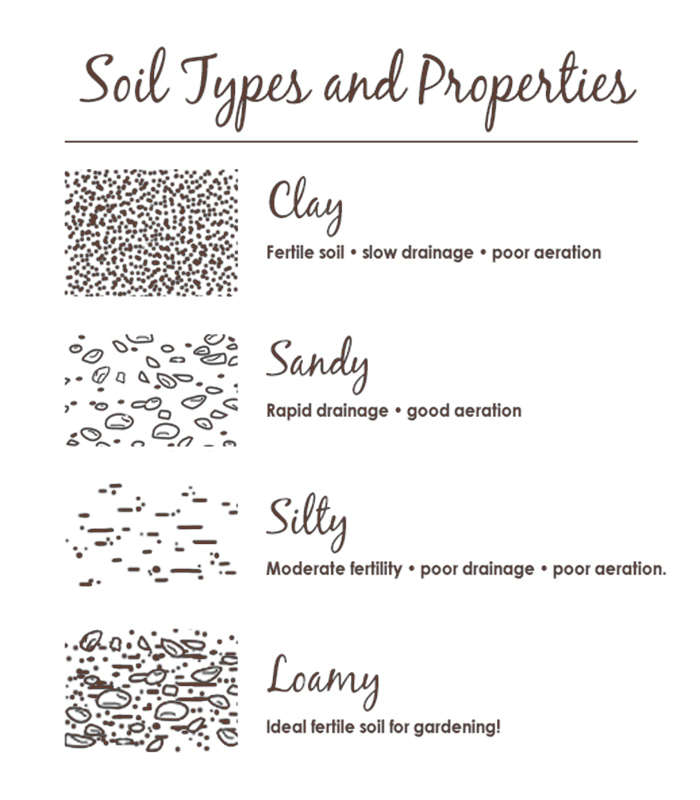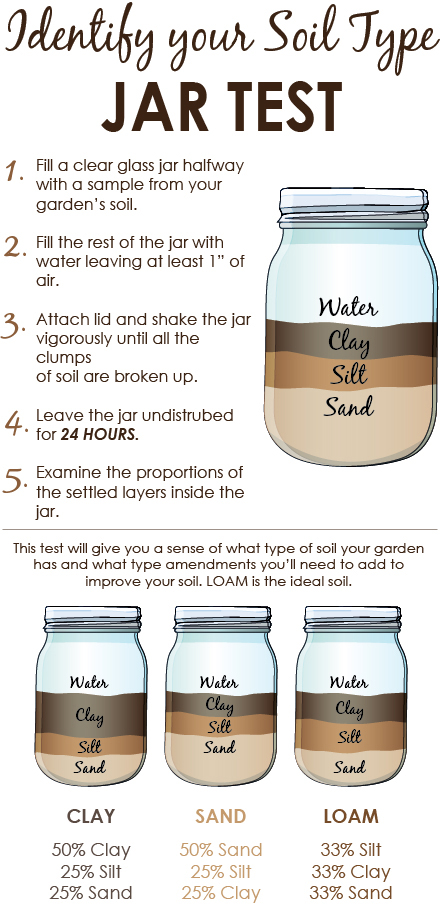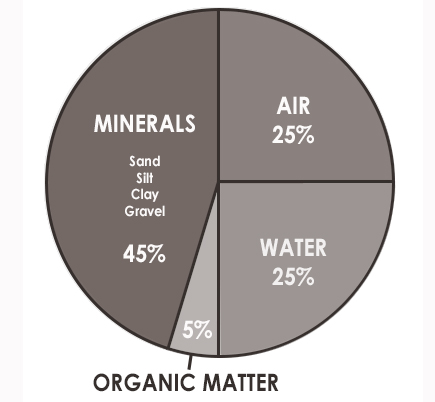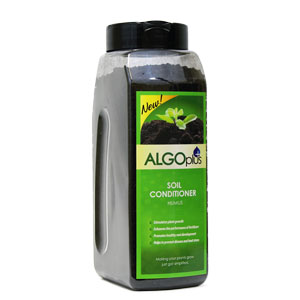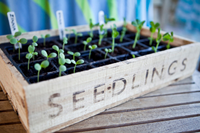So what can you do if you are stuck with not-so-great soil? Unfortunately, except by adding in large amounts of soil, there is really no way to change the soil. You can, however, use it's natural advantages and compensate for it's challenges by working on the soil structure with organic matter.
Although loam is a mixture of 40% sand, 40% silt and 20% clay, adding sand to your clay soil, or clay to your sandy soil, will not create loam. Actually in doing this, it will result in something like cement. Creating a loose, loamy, fertile soil is an ongoing process that involves working organic matter into the soil, every year.
This solution is a three step process including organic matter, soil organisms and rotary-tilling.
Organic Matter
It's good practice to incorporate organic matter each year while preparing the soil no matter what type of soil you have to help with fertility. The addition of organic matter is particularly important if you have sandy or clay soils. It will make the clay soil drain better or sandy soil hold more water in addition to providing valuable nutrients.
ALGOplus offers a lightweight and effective humus soil conditoner that can be used as a compliment or alternative to tradtional organic compost depending on the condition of your soil.
Soil Organisms
Earthworms, beetles and other critters tunnel through the soil naturally areating and fertilizing the soil through their digging and castings. The tunnels create open spaces in the soil allowing air, water and roots to pass through easily.
Rotary-tilling
Compacted soil makes it difficult for roots to push through and grow. Tilling the soil breaks up compacted soils and changes the soil structure producing the base for a ready-to-plant garden bed. It also makes mixing amendments in much easier, especially in larger areas, and removes weeds. There are disadvantages to rotary tilling every spring as it can kill the soil organisms in the area that naturally areate and fertilize the soil, bring humus to the top layer of the soil and destroy it with too much air exposure and bring dormant weed seeds to the surface.

